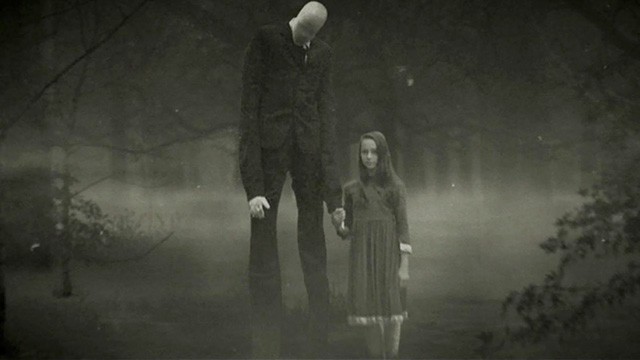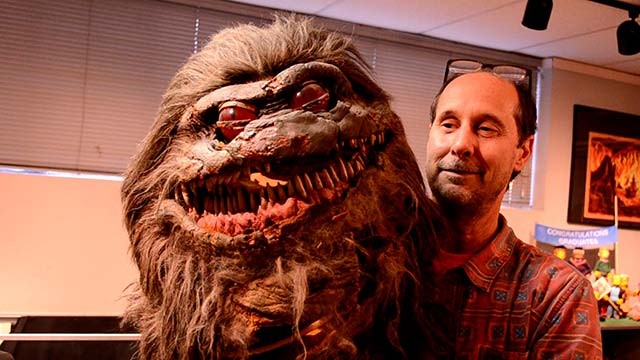Ain't It Cool News (www.aintitcool.com)
Review
FANTASIA 2016: Capone looks at two great docs--BEWARE THE SLENDERMAN and CREATURE DESIGNERS!!!
Hey everyone. Capone still in Montreal covering a few days in the life of this year’s Fantasia International Film Festival. Today I’m focusing on two very different documentaries I saw here—one about an act of senseless violence that has far-reaching repercussions and another that celebrates one of the most creative art forms in movie making. So let’s dive in…
Readers Talkback



